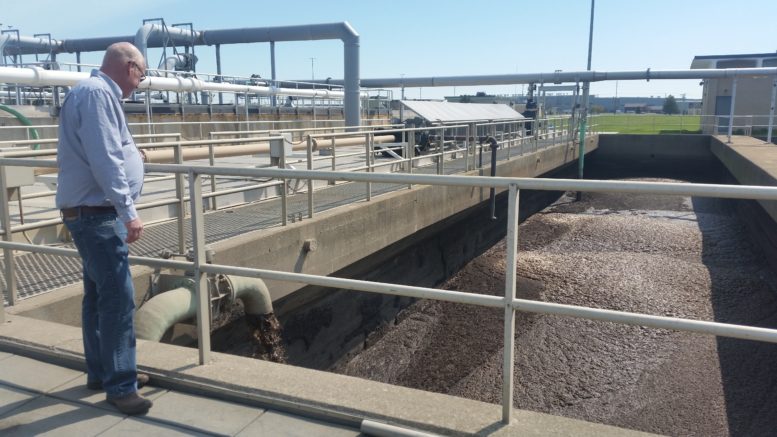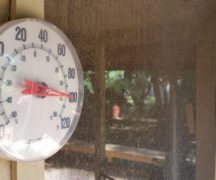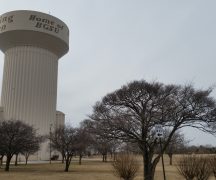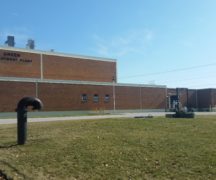By JAN LARSON McLAUGHLIN
BG Independent News
Bowling Green’s Board of Public Utilities took action on solar and sewer issues last week.
Bowling Green residents with rooftop solar systems will see some relief in fees charged for connection to the city’s electric system.
City electric customers have the ability to support renewable energy efforts by participating in the EcoSmart Choice Program which allows them to pay an additional charge ($0.004/kWh) on their electric bill.
The funds collected are sent to American Municipal Power to purchase renewable energy credits (RECs). AMP purchases the RECs at the lowest price possible which can result in remaining funds being returned to the city to use for sustainability efforts.
AMP recently notified the city it will return $2,113 of funds that were not spent in 2021.
In previous years the city has used the grant funds to plant additional trees, purchase LED lights, or other sustainability efforts. City officials initially planned to use the funds this year to purchase LED lights.
However, Mayor Mike Aspacher suggested the city use the funds to pay the monthly facilities charge for customers who have an interconnection agreement for renewable energy generation, such as rooftop solar customers.
There are currently about 10 residential rooftop solar systems in the city.
“I believe this would be appropriate given the initial intent of the EcoSmart Choice Program is to support renewable energy projects,” said Bowling Green Public Utilities Director Brian O’Connell. “By applying the grant funds to a customer’s monthly facilities charge, the grant funds are directly benefiting renewable energy generation projects.”
For the current customers with renewable energy interconnection agreements, the grant funds received could cover the monthly facilities charge from May 2022 through September 2023 ($2,074.15) with $38.85 remaining.
If new customers complete interconnection agreements during that time, O’Connell suggested they be included in the grant funding opportunity, which would decrease the number of months the funds could cover.
O’Connell noted that future grant funds are not guaranteed since they depend on REC market prices and the number of customers participating in the EcoSmart Choice program.
In other business Monday evening, the Board of Public Utilities heard about a plan to solve combined sewer overflows that sometimes occur at the city’s Water Pollution Control Facility.
The Ohio EPA allows overflows during atypical rainfalls, and up to four overflows a year during typical rainfalls, explained Doug Clark, head of the wastewater treatment plant.
Last year, Bowling Green’s plant experienced six total overflows, but only two that were during typical rainfalls.
In an effort to reduce those overflows, the plant needs more capacity to treat up to 30 million gallons a day. Additional equipment will ensure the plant is operating as intended and reduce operating complications for staff during wet weather flows, O’Connell explained.
The city has planned for this improvement in its five-year capital budget with engineering in 2023 ($500,000) and construction in 2024 ($4.5 million). Officials are hoping to use an Ohio EPA Water Pollution Control Loan to fund the project.
The board approved hiring an engineer to prepare a plan for the project.





